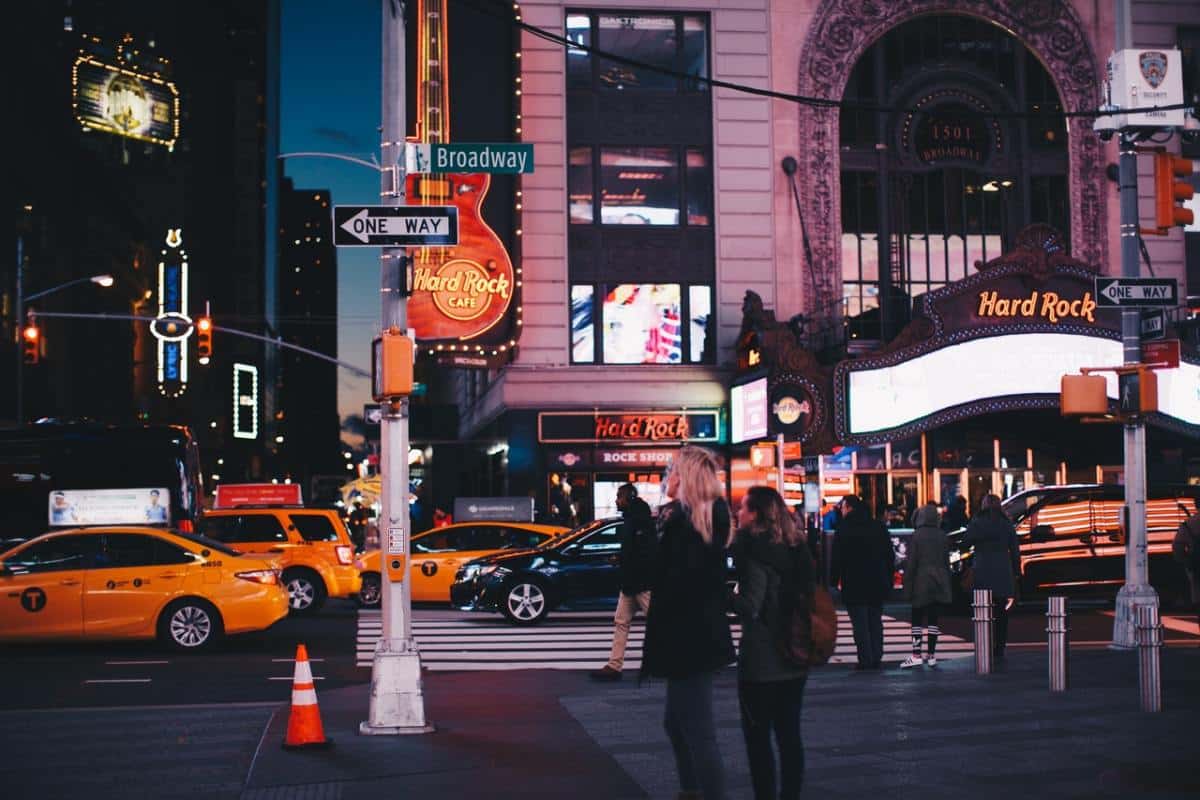Fascination About Street Photographers
Table of ContentsSome Ideas on Street Photographers You Need To KnowThe Of Street PhotographersRumored Buzz on Street Photographers9 Simple Techniques For Street PhotographersMore About Street Photographers
Street digital photographers do not necessarily have a social purpose in mind, yet they choose to isolate and capture minutes which might otherwise go undetected.He was affected by several of those that affected the street digital photographers of the 1950s and '60s, he was not mainly interested in capturing the spirit of the road. The impulse to visually record people in public started with 19th-century painters such as Edgar Degas, douard Manet, and Henri de Toulouse-Lautrec, that functioned side by side with photographers attempting to record the significance of metropolitan life.
As a result of the somewhat primitive technology offered to him and the lengthy exposure time needed, he struggled to catch the pressure of the Paris roads. He try out a collection of photographic techniques, attempting to find one that would certainly permit him to capture movement without a blur, and he found some success with the calotype, patented in 1841 by William Henry Fox Talbot. Unlike Atget, professional photographer Charles Marville was employed by the city of Paris to create an encyclopaedic file of Haussmann's city preparation project as it unravelled, hence old and new Paris. While the photographers' topic was basically the very same, the results were substantially different, demonstrating the effect of the photographer's bent on the personality of the images he produced.
Provided the fine high quality of his photographs and the breadth of product, architects and artists typically got Atget's prints to use as reference for their very own work, though commercial passions were rarely his primary inspiration. Rather, he was driven to photo every last residue of the Paris he enjoyed.
Street Photographers - The Facts
They reveal the city via his eyes. His work and fundamental understanding of photography as an art type acted as motivation to generations of digital photographers that complied with. The next generation of road digital photographers, though they likely did not refer to themselves because of this, was introduced by the photojournalism of Hungarian-born photographer Andr Kertsz.
Unlike his peers, Brassa made use of a larger-format Voigtlnder electronic camera with a longer exposure time, requiring him to be a lot more computed and thoughtful in his method than he might have been if making use of a Leica. (It is believed that he may not have been able to manage a Leica back then, however he did, nevertheless, utilize one in the late 1950s to take colour photographs.) Brassa's pictures of the Paris abyss lit up by fabricated light were a revelation, and the collection of the like it series that he released, (1933 ), was a significant success.
Cartier-Bresson was a champion of the Leica electronic camera and among the initial professional photographers to maximize its capabilities. The Leica permitted the professional photographer to page communicate with the surroundings and to catch minutes as they happened. Its relatively little dimension likewise assisted the professional photographer fade into the history, which was Cartier-Bresson's preferred approach.
Street Photographers Can Be Fun For Anyone
It is since of this fundamental understanding of the art of image taking that he is often attributed with rediscovering the medium throughout once again approximately a century since its invention. He took pictures for even more than a half century and influenced generations of photographers to trust their eye and intuition in the minute.
These are the questions I shall try to answer: And then I'll leave you with my own interpretation of street digital photography. Yes, we do. Let's start with defining what an interpretation Bonuses is: According to (Street Photographers) it is: "The act of specifying, or of making something certain, distinct, or clear"
No, absolutely not. The term is both restricting and misinforming. Appears like a road photography need to be pictures of a streets appropriate?! And all street professional photographers, except for a tiny number of outright beginners, will totally appreciate that a street is not the key element to road photography, and actually if it's a photo of a road with possibly a few boring people doing nothing of rate of interest, that's not road digital photography that's a snapshot of a street.
The Only Guide to Street Photographers
He makes a legitimate point do not you assume? Nonetheless, while I agree with him I'm not certain "candid public digital photography" will catch on (although I do sort of like the term "candid photography") due to the fact that "street digital photography" has actually been around for a long period of time, with lots of masters' names connected to it, so I think the term is right here to remain.
You can shoot at the beach, at a festival, in a street, in a park, in a piazza, in a cafe, at a museum or art gallery, in a city terminal, at an event, on a bridge, under a bridge ...
Yes, I'm afraid we worried no choice! Without rules we can not have a meaning, and without a meaning we don't have a style, and without a category we do not have anything to specify what we do, and so we are stuck in a "rules meaning category" loop!
Street Photographers Can Be Fun For Anyone
